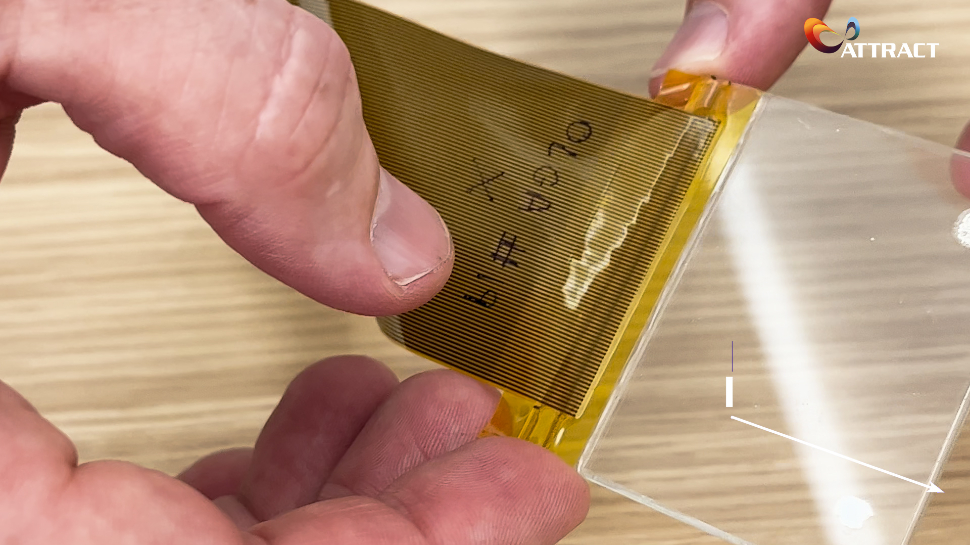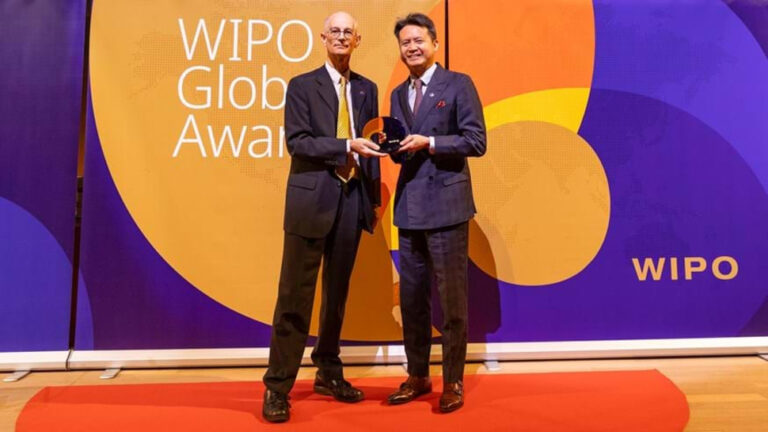The IALL is about lenses that can be adapted to the need and is a logical progression of the original Adaptive Liquid crystal Lens (ALL) project from ATTRACT phase 1, in which the lenses reached a technical readiness level, making it possible to combine the developed lenses and drivers with a conventional standalone camera, showing their full functionality in a relevant imaging environment.
In the current phase, the research team is focused on developing lenses integrated with a camera and microcontroller. These components will jointly manage lens configuration and image capture. Furthermore, the integrated system will be designed so that it can be implemented as the imaging system in a machine vision unit in a microscope or surveillance system.
Get to know more about it through this interview with Morten Geday, coordinator of the IALL project.
What is your personal and career journey so far?
My background is a Danish degree in chemistry and biotechnology. Then I did my PhD in England, and then I went to Spain to become a professor at the Polytechnical University of Madrid, where I’m now coordinating the IALL project.
What is the project about? And which partners are involved?
The IALL project is about lenses that can be refocused to any distance that you want. The IALL lenses are variable. We can change where we’re looking at if we’re looking far, we’re looking closely, we’re looking small, we’re looking big, simply by changing the character of your lenses, you can change what you’re seeing and how the light is being treated. The partners consist of the Polytechnical University of Madrid and ADTelecom, an SME based in Barcelona that makes all the electronics. The idea of the lenses was developed in Madrid and now together with ADTelecom, we are going to make an integrated version of the lenses showing how they could work in surveillance cameras in microscopes, perhaps even in telescopes.
What challenges have you faced so far?
The challenges that we have met in the project have been the same challenges that we have met everywhere else in the world: COVID-19. We are happily through it, I hope, but the sourcing of semiconductor components, and electronics has been difficult in the past two years. Only now it’s catching up and we have had to adapt our electronics design to this lack of components. And of course, we’ve also had changes in two years people leave, people come, and it’s been trading like there will be in all other small projects or smaller companies. There’s been a lot of training involved.
How would you explain the potential implications of this breakthrough to a non-scientific audience?
Lenses are everywhere. They’re in our cars: our long lights, our short lights in the cars in the drones that are taking photos of situations of draft drought or flooding. The existing lenses have a given focal distance and require physical movement of the holder of the lens. The IALL lenses are dynamic, which means we have no movement, we are using the same technology as you know, from your liquid crystal displays, but they can be adjusted so they can have a long focal depth or a short focal depth. That has several possible applications, that could be in binocular surgery equipment used by medics. It could be in the surveillance cameras used by border control. It could be used in forest fire cameras to keep an eye on our wild nature. These lenses, don’t have any moving parts. They have very low power consumption, they weigh very little, so they are very suitable for satellites and drones.
For more information
Visit the IALL project site.


